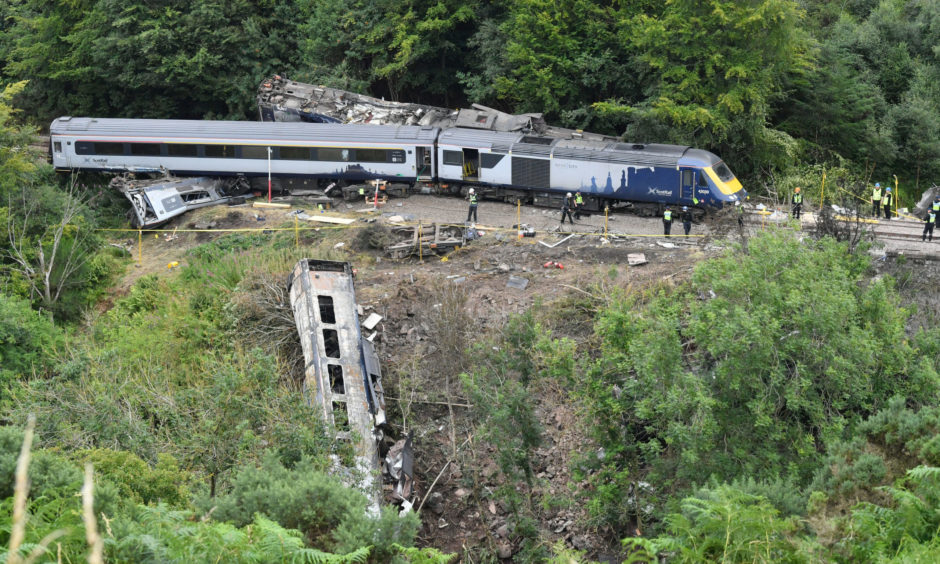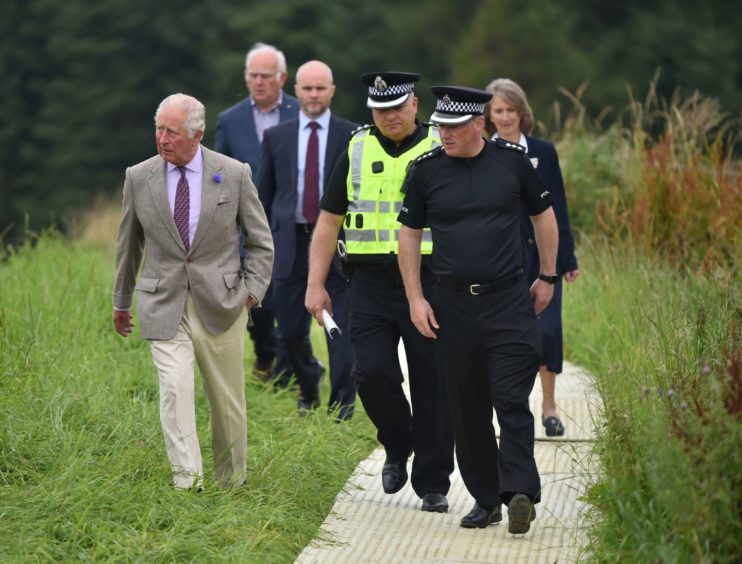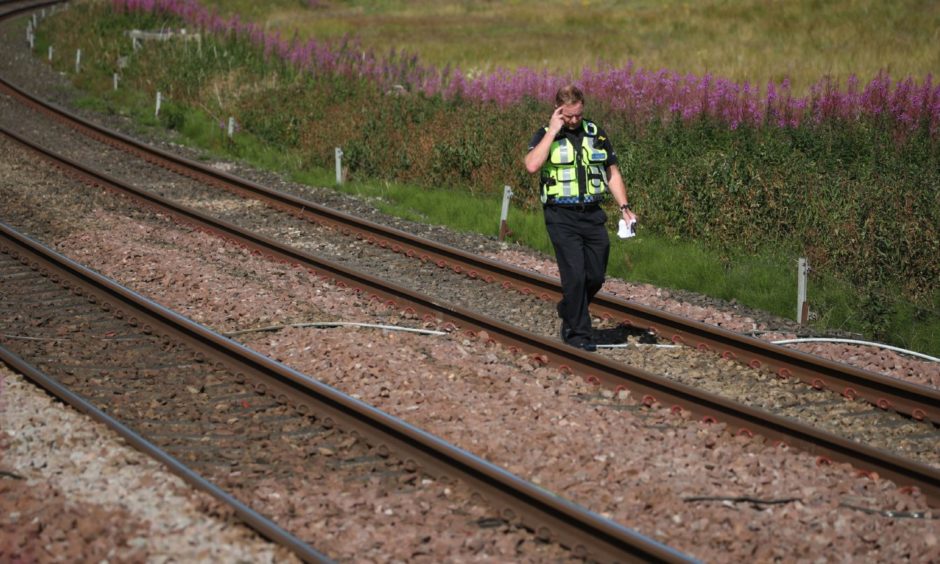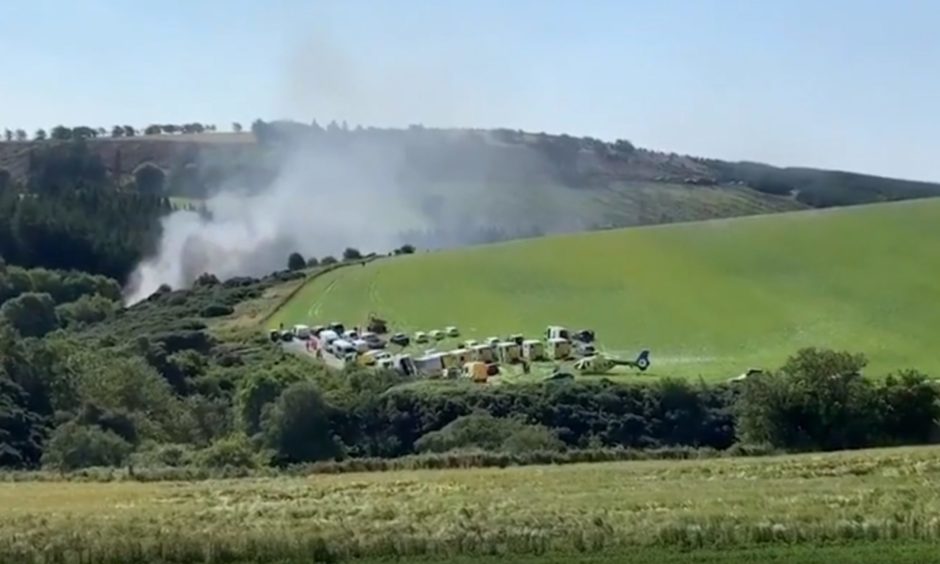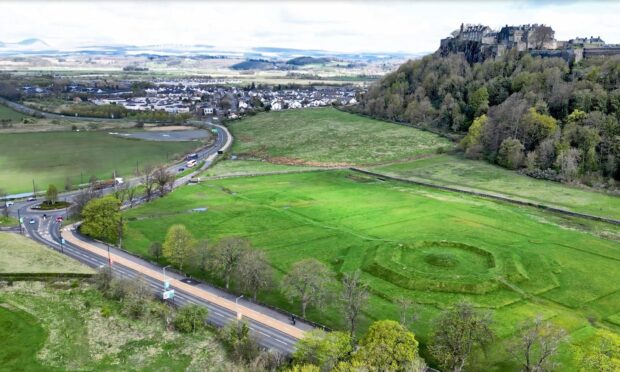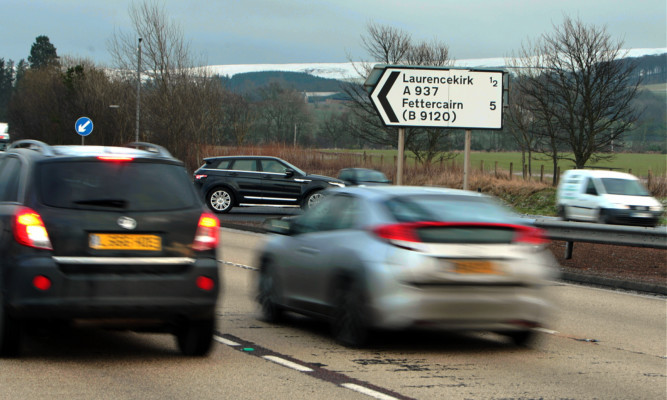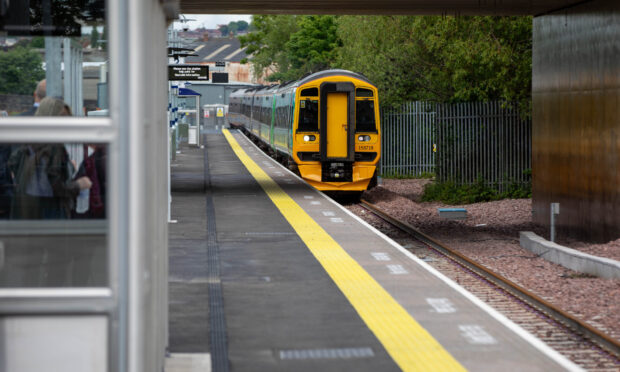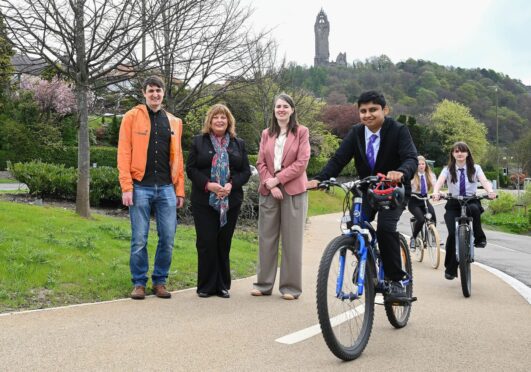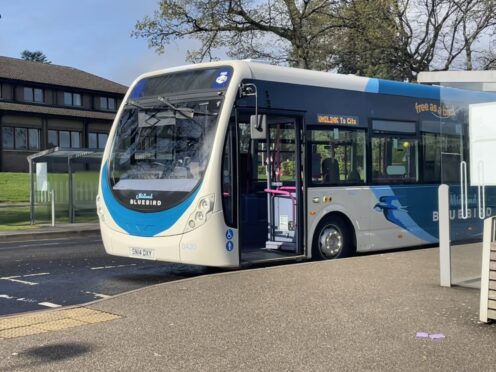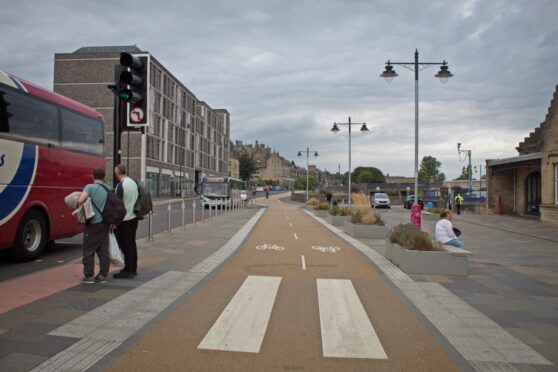A train that derailed near Stonehaven, killing three men, was travelling at almost 73mph before it hit a landslip, investigators have revealed.
The Rail Accident Investigation Branch (RAIB) has published new findings from its early inquiries into the crash at Carmont, just west of Stonehaven, which happened early on August 12.
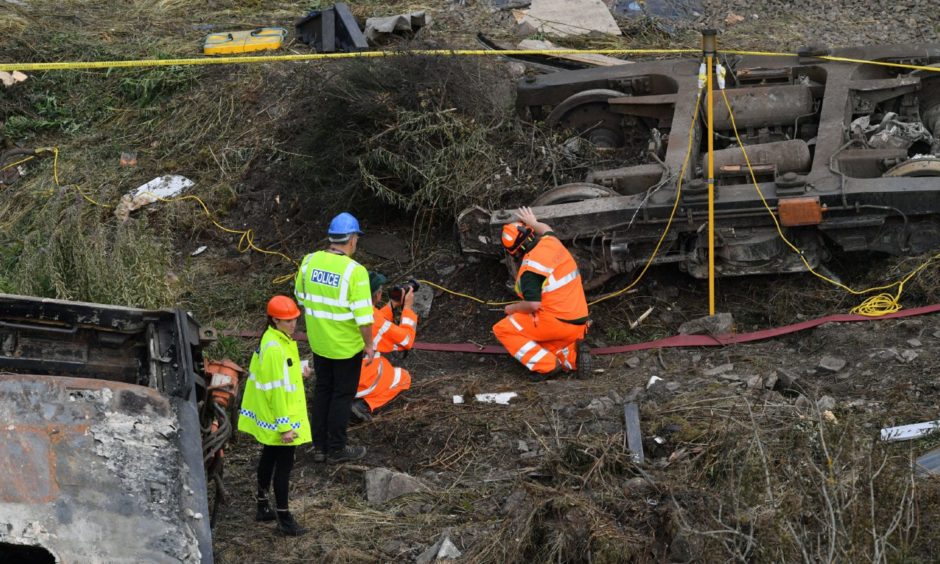
Train conductor Donald Dinnie, 58, driver Brett McCullogh, 45 and passenger Christopher Stuchbury, 62, all died at the scene, and six others were injured. Nine people were on board.
According to the latest information from the RAIB, the 6.38am Aberdeen to Glasgow Queen Street service was travelling at 72.8mph prior to the incident, which it said was “within the maximum permitted speed” of 75mph on the stretch of line.
The area had been badly hit by heavy rain and flooding in the hours leading up to the crash – causing a two-hour hold-up for passengers on the train.
Investigators noted that between 5am and 9am, around 2ins (52mm) of rain fell in the Carmont area, almost 75% of August’s total monthly count of 2.7ins (70mm) for the whole of Aberdeenshire.
Their report states the train left Aberdeen and Stonehaven on time, but was stopped by a signaller at the Carmont area at 6.59am, because a landslip was blocking the line between Carmont and Laurencekirk.
The train then remained just south of Carmont for more than two hours.
After 9am the rain eased, and by 9.30am there was bright sunshine.
It was then decided that the train should be moved back to Stonehaven, to allow passengers to get off for onward travel.
Permission was granted at 9.25am to start travelling north, and it crossed on to the northbound track before accelerating to 72.8mph.
Just 13 minutes later, the train hit a landslip and derailed. The RAIB believe that as the track curved to the right, the train continued in a “roughly straight line” for around 229ft before it hit a bridge parapet that was destroyed by the impact.
The RAIB report said: “The leading power car continued most of the way over the bridge and fell from the railway down a wooded embankment, as did the third passenger carriage.
“The first passenger carriage came to rest on its roof, having rotated to be almost at right angles to the track.
“The second passenger carriage also overturned on to its roof and came to rest on the first carriage.
“The fourth passenger carriage remained upright and attached to the rear power car; it almost came to a rest on the first carriage.
“All wheelsets of the rear power car derailed, but it remained upright.”
Investigators for the RAIB have also examined the drainage on the land surrounding the railway where the derailment took place.
They found a drain runs northwards along the lower edge of a nearby field until it reaches an “access chamber” around 164ft south of the landslip area, to the left of the direction the train was travelling.
From there, water travels diagonally down a steep slope until it reaches a track-level ditch which takes water north towards the Carron Water.
On Wednesday, a one-minute silence was held at railway stations across the UK in tribute to the three men who died in the incident.
